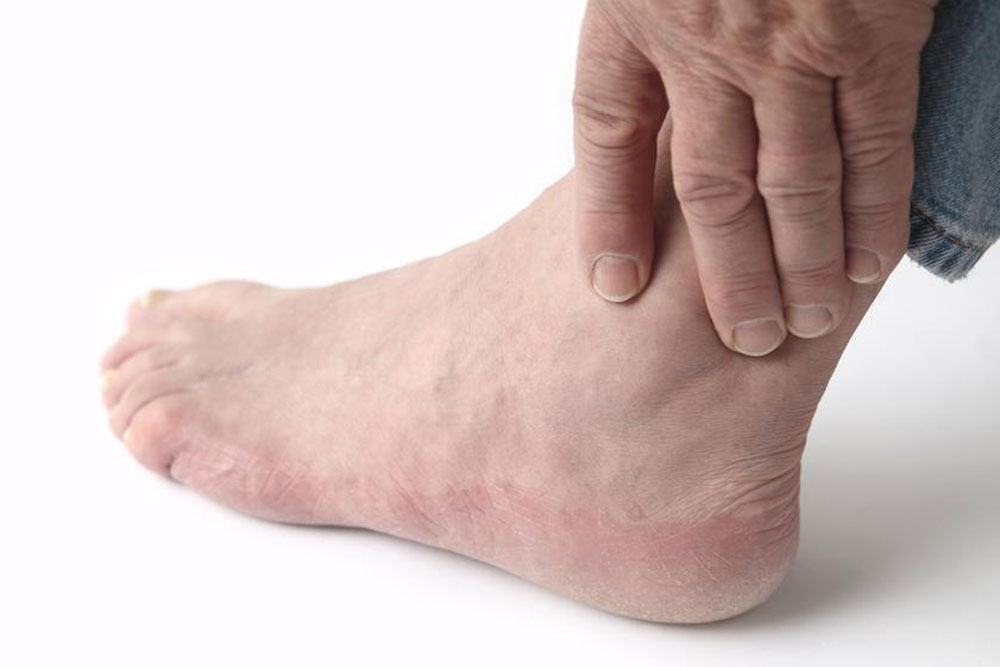Comprehensive Guide to Identifying and Managing Causes of Tingling Sensations in Hands and Feet
This comprehensive article explores the various causes of tingling sensations in the hands and feet, including nerve compression, spinal issues, autoimmune diseases, and systemic conditions. It emphasizes the importance of accurate diagnosis through advanced tests like MRI and EMG and discusses effective treatment options such as physical therapy, medications, and surgical procedures. Armed with detailed knowledge, patients can better understand their symptoms, seek timely medical advice, and take steps towards alleviating discomfort and improving nerve health and function.

Comprehensive Guide to Identifying and Managing Causes of Tingling Sensations in Hands and Feet
Many individuals experience occasional tingling or numbness in their hands or feet, especially after sleeping in an awkward posture or sitting cross-legged for long periods. This sensation, often described as a pins-and-needles feeling, is generally harmless and temporary. However, when tingling persists or occurs frequently without apparent cause, it becomes essential to understand the underlying reasons and seek appropriate medical evaluation. Persistent tingling can be a sign of nerve dysfunction or damage, which might be linked to various health conditions that require proper diagnosis and treatment.
Understanding the causes of tingling sensations is crucial for effective management. While some cases resolve with simple lifestyle adjustments or physical therapy, others may necessitate more comprehensive medical interventions. The key to effective treatment lies in accurate diagnosis through advanced diagnostic tools such as Magnetic Resonance Imaging (MRI), Electromyography (EMG), and nerve conduction studies. These tests help determine the exact cause, allowing healthcare professionals to devise personalized treatment plans that can significantly improve quality of life for affected individuals.
In this detailed guide, we explore the primary causes of tingling in the extremities, the diagnostic process, and various treatment options. Whether the tingling is caused by nerve compression, autoimmune conditions, systemic illnesses, or injuries, understanding these causes can empower patients to seek timely medical advice and adopt strategies to alleviate discomfort.
Common Causes of Tingling in Hands and Feet include:
Carpal Tunnel Syndrome: This condition involves compression of the median nerve at the wrist, leading to tingling, numbness, and weakness in the hand. It often results from repetitive motions such as typing, using tools, or playing sports. Diagnosis typically involves nerve conduction studies like Electromyography (EMG) and ultrasound imaging. Treatment options include wrist splints, anti-inflammatory medications, corticosteroid injections, and physical therapy. In severe cases, surgical decompression may be necessary.
Spinal Stenosis: This condition is characterized by narrowing of the spinal canal, which causes pressure on the spinal cord and nerve roots. Symptoms include tingling, numbness, weakness, and pain in the limbs. Diagnosis is primarily through MRI and CT scans that visualize the narrowing. Management includes physical therapy, epidural injections, anti-inflammatory drugs, and, in some cases, surgical intervention to decompress the affected spinal segments.
Multiple Sclerosis: An autoimmune disorder where the body's immune system attacks nerve tissue in the brain and spinal cord, leading to MS-related nerve scarring (sclerosis). Tingling, vision disturbances, muscle weakness, and coordination problems are common. Disease-modifying therapies, corticosteroids, and symptom management medications can help delay disease progression and reduce symptoms.
Systemic Conditions: Various systemic illnesses such as hypothyroidism, diabetes, liver diseases, and certain cancers can impair nerve function, resulting in tingling or numbness. Managing these underlying conditions through medication, lifestyle changes, and regular monitoring is essential for symptom relief.
Nerve Injury: Trauma from accidents, herniated discs, or dislocated bones can damage nerves leading to tingling sensations. The severity of nerve injury determines treatment strategies, which may include physiotherapy, pharmacological therapy, or surgical repair to restore nerve function and reduce symptoms.
Overall, recognizing the diverse causes of tingling sensations enables early intervention, improves treatment outcomes, and enhances patient quality of life. If you experience persistent or worsening tingling, consulting a healthcare professional promptly is strongly recommended to identify the cause and initiate appropriate management strategies.





